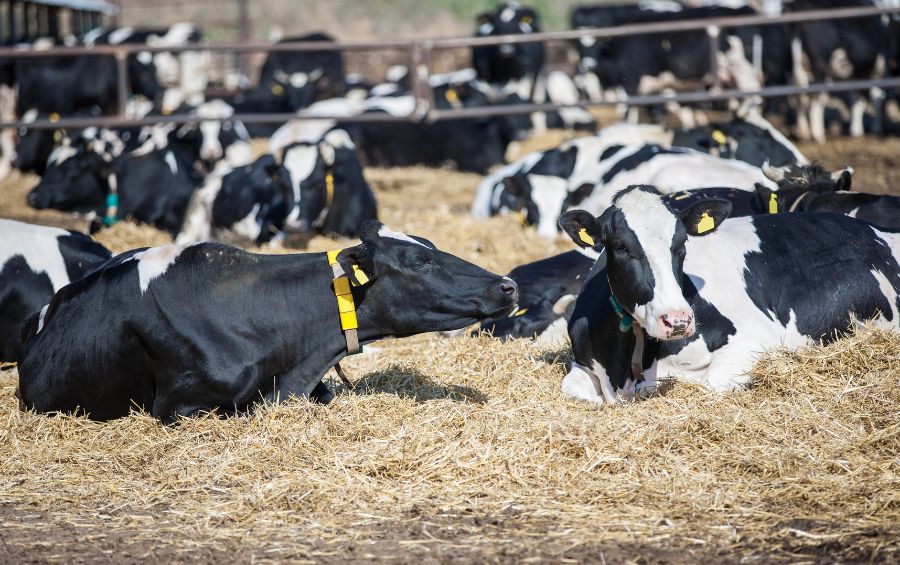- Home
- Ukrainian dairy industry
- Association of Milk Producers (APM)
- Dairy map of Ukraine 2020
- Dynamics of milk supply to processing plants
- Cow productivity on dairy farms
- The number of cows, thousand heads
- Safety parameters of milk received for processing from dairy farms, %
- Average productivity of cows at agricultural enterprises
- Breed advantages
- Partners
- Cattle supply
- Articles
- Contacts
- RU
- UA
- ENG
- Home
- Ukrainian dairy industry
- Association of Milk Producers (APM)
- Dairy map of Ukraine 2020
- Dynamics of milk supply to processing plants
- Cow productivity on dairy farms
- The number of cows, thousand heads
- Safety parameters of milk received for processing from dairy farms, %
- Average productivity of cows at agricultural enterprises
- Breed advantages
- Partners
- Cattle supply
- Articles
- Contacts
- RU
- UA
- ENG
- Home
- Ukrainian dairy industry
- Association of Milk Producers (APM)
- Dairy map of Ukraine 2020
- Dynamics of milk supply to processing plants
- Cow productivity on dairy farms
- The number of cows, thousand heads
- Safety parameters of milk received for processing from dairy farms, %
- Average productivity of cows at agricultural enterprises
- Breed advantages
- Partners
- Cattle supply
- Articles
- Contacts
- RU
- UA
- ENG
- Home
- Ukrainian dairy industry
- Association of Milk Producers (APM)
- Dairy map of Ukraine 2020
- Dynamics of milk supply to processing plants
- Cow productivity on dairy farms
- The number of cows, thousand heads
- Safety parameters of milk received for processing from dairy farms, %
- Average productivity of cows at agricultural enterprises
- Breed advantages
- Partners
- Cattle supply
- Articles
- Contacts
- RU
- UA
- ENG
Veterinary recommendations for adaptation imported heifers from the experts of “Dairy Global Experts” LLC


1. Quarantine
At the time of importation of imported livestock, their own livestock must be vaccinated no later than 6 months against infectious rhinotracheitis, parainfluenza-3, viral diarrhea and respiratory syncytial virus. At the end of the quarantine, carry out in stages, in a weekly rhythm, according to the terms of pregnancy and the approved flow chart for vaccination of heifers against Clostridiosis.
2. Ensuring the comfort of keeping
These requirements are often fulfilled in the loose housing of animals in reconstructed or purpose-built buildings. The passage between two rows of resting boxes is 2.5-3 m., The aft passage is at least 3.5 m. The distance between the upper limiter of the box and the rear lower part of the stall is 198 cm, the width of the boxes is 1.2 m. The length of the stall under the wall is 2.5 – 2.6 m. The surface of the passages should be of rough concrete with notches. Unevenness of the floor, steep slopes, and sharp chipped protrusions must be avoided. Stalls should be soft (mats, sand, litter made of sawdust or small straw. The ratio in the section of animal stalls-feeding trough is no more than 2: 1. Feeding front – 0.65-0.75m per head. The level of the feeding table should be higher 15 cm from the feed aisle Water flow rate in group drinkers – more than 20 l / min.
3. Care of newly calved cows
Heifers 3 weeks before calving and newly calved animals should be kept in the same room under the same conditions but in different sections.
The fresh-calf section needs to keep 15% fewer animals in relation to the number of stalls. The feed barrier should be equipped with headlocks for the convenience of daily health monitoring and handling of the animals. Keeping newly calved animals separately (if possible) is beneficial in reducing competition for space and feed.
Introduce energy supplements based on dry propylene glycol into the ration of highly productive newly calved animals at the rate of 150 g, starting 10-14 days before calving and 200 g within 20 days after calving.
The main possible diseases of first-calf heifers in the first two months of lactation:
- Postpartum paresis;
- Displacement of the abomasum;
- ketosis;
- Endometritis;
- Mastitis;
- acidosis;
- Lameness.
Required veterinary skills for working with newly calved cows:
- Intra-aortic administration of drugs;
- Differentiation of body cavity noises using a phonendoscope;
- Carrying out an operation to displace the abomasum;
- Taking blood samples from the tail vein and examining ketones with a glucometer;
- Using a probe with an electric or mechanical pump for pouring 30-40 liters of liquids into the rumen of a cow;
- Checking the shares of the udder for mastitis;
- Pruning (trimming) and treatment of hoof diseases;
- The introduction of drugs into the uterine cavity through a catheter.
The main elements of the program for working with newly calved:
- Keeping separately for 10-14 days
- Development of a protocol for working with newly calved (decision tree) and its strict adherence;
- Training of veterinarians on working with newly calved;
- Maintaining daily records of diagnostics, prevention and treatment of newly calved.
For cooperation, please contact tel. +380674811224 (Viber, Telegram, Whats App)
